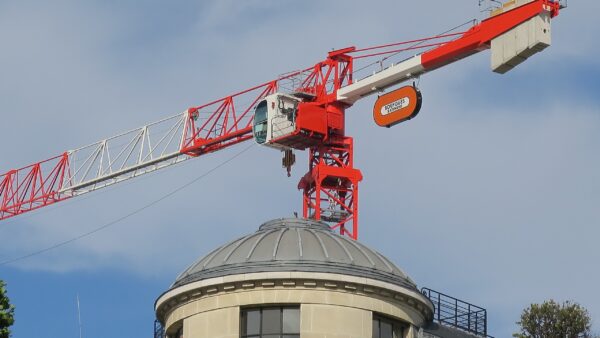A report commissioned by Qatar’s Supreme Committee for Delivery and Legacy (SCDL) has found that labourers on the Qatar World Cup stadiums can work 18-hour days, more than twice the amount permitted by law.
It also found that half of the 10 contracting companies surveyed in the compliance report, published on Wednesday, 5 April, failed to give their employees any days off per week.
In the most extreme example, some labourers worked 148 days in a row, equivalent to five months without a day off.
The report was compiled by ethical trade consultancy Impactt. It has spent the past year monitoring the implementation of Workers’ Welfare Standards on sites being developed for the 2022 FIFA World Cup.
Impactt noted that there was “solid progress” in addressing some the glaring labour abuses on Qatar’s sites. It found relatively high levels of compliance in contracts and administration, as well as end-of-service procedures and living conditions – two of the most severely criticised areas.
However, it also identified “critical non-compliances” among six of 10 contractors audited relating to excessive working hours, defined as more than 72 hours a week, or excessive overtime hours, defined as more than two hours a day.
The long-standing problem of migrant workers being charged fees by recruitment companies has not been solved. Almost 80% of the 253 workers interviewed said they had paid recruitment fees to work in Qatar.
The report also found that 85% of workers employed by one contractor were scared to raise issues regarding their welfare for fear of being sacked. Two people working for this contractor were dismissed last October for “inciting a strike”.
Among its recommendations, Impactt said there should be greater compliance with the law by contractors, a stronger voice for workers and a strengthening of management skills.
Budget cut by half
Meanwhile, it emerged this week that Qatar has cut its budget for the 2022 World Cup by up to 50% in order to “ensure financial responsibility”.

Doha Port Stadium – still to be built (SCDL)
Hassan Al Thawadi, the secretary general of the SCDL, told CNN that the total spending would be between $8bn and $10bn, with most of the money earmarked for stadiums and training grounds.
Thawadi added that the cut was not a response to the fall in oil prices.
The budget does not include the cost of Qatar’s extensive road development programme and mega-schemes such as the Doha Metro. When those projects are included, Qatar is spending about $500m a week on the games.
The $10bn cost of the Qatar tournament will be about the same as the cost of Russia’s 2018 tournament, and $5bn less than the bill for Rio in 2014.
Russia has increased spending on its World Cup by $326 million, state media reported last month, bringing the cost of hosting that event to more than $10 billion.
Qatar’s costs have been raised by the need to build almost all its stadiums and supporting infrastructure from scratch.
The country is in talks with FIFA over how many stadiums it will need to host the competitions. Qatar is planning on using eight, although it has contingency plans to increase this to nine if FIFA insists. This will be the fewest stadiums since Argentina in 1978, when the games were played in only six grounds.
Doha News reports that all the stadiums are expected to be completed by 2020, with some, like Khalifa International, almost complete already. The Al Khor Al Bayt and Al Wakrah stadiums are expected to be finished next year.
Other venues remain in the preliminary stages, and the designs Al Thumama, Lusail and Ras Abu Abboud have yet to be revealed.
Top image: One of Qatar’s eight (or nine) new World Cup stadiums (Amnesty International)
Further Reading:
Comments
Comments are closed.











Continuation of the SLAVERY culture and this may be the current model.
Where are the human rights activists and UN or other agencies who make so much protestations on other forms of human abuses.
A World Cup built on slavery in the 21st Century….you couldn’t make it up!